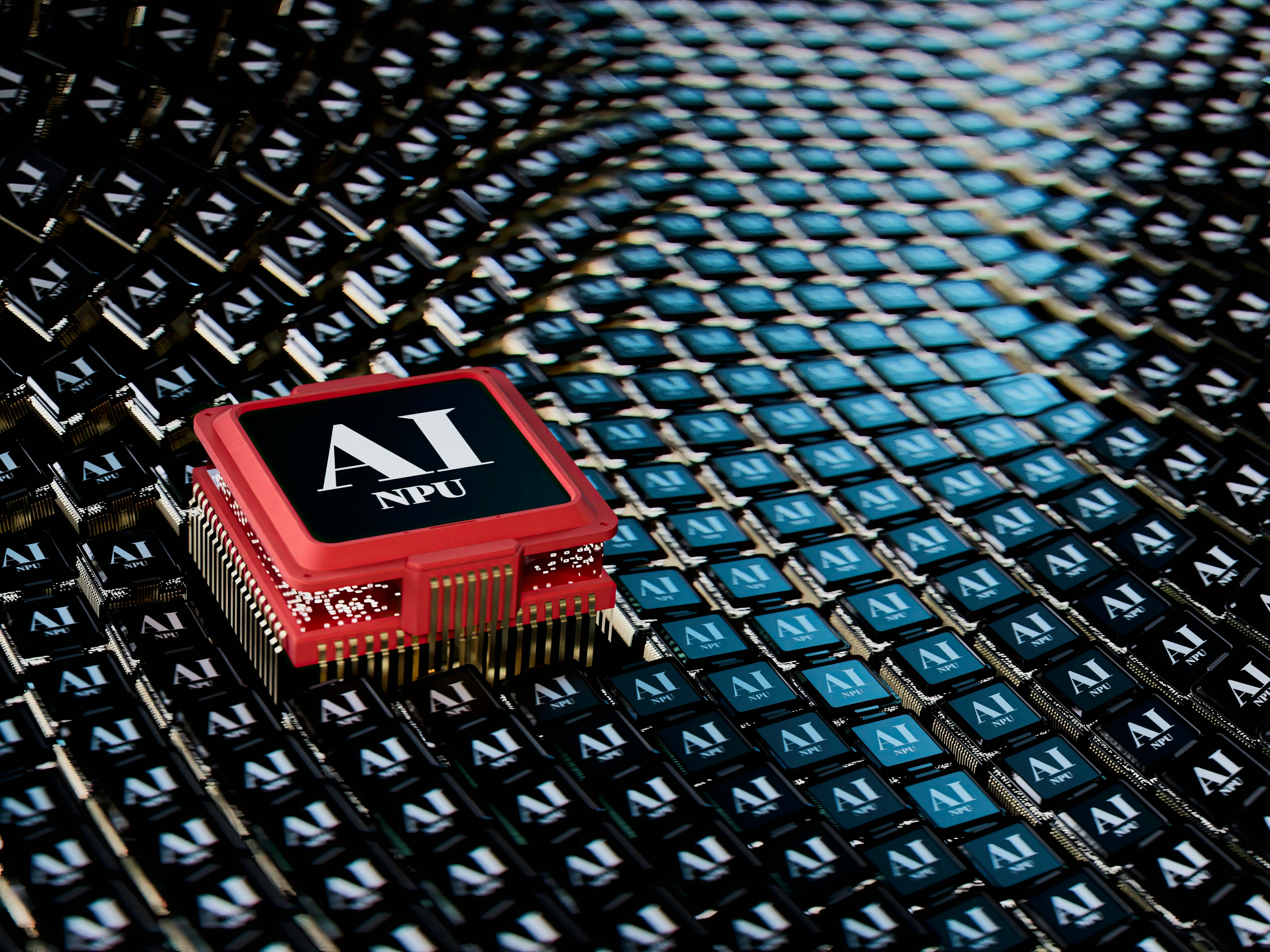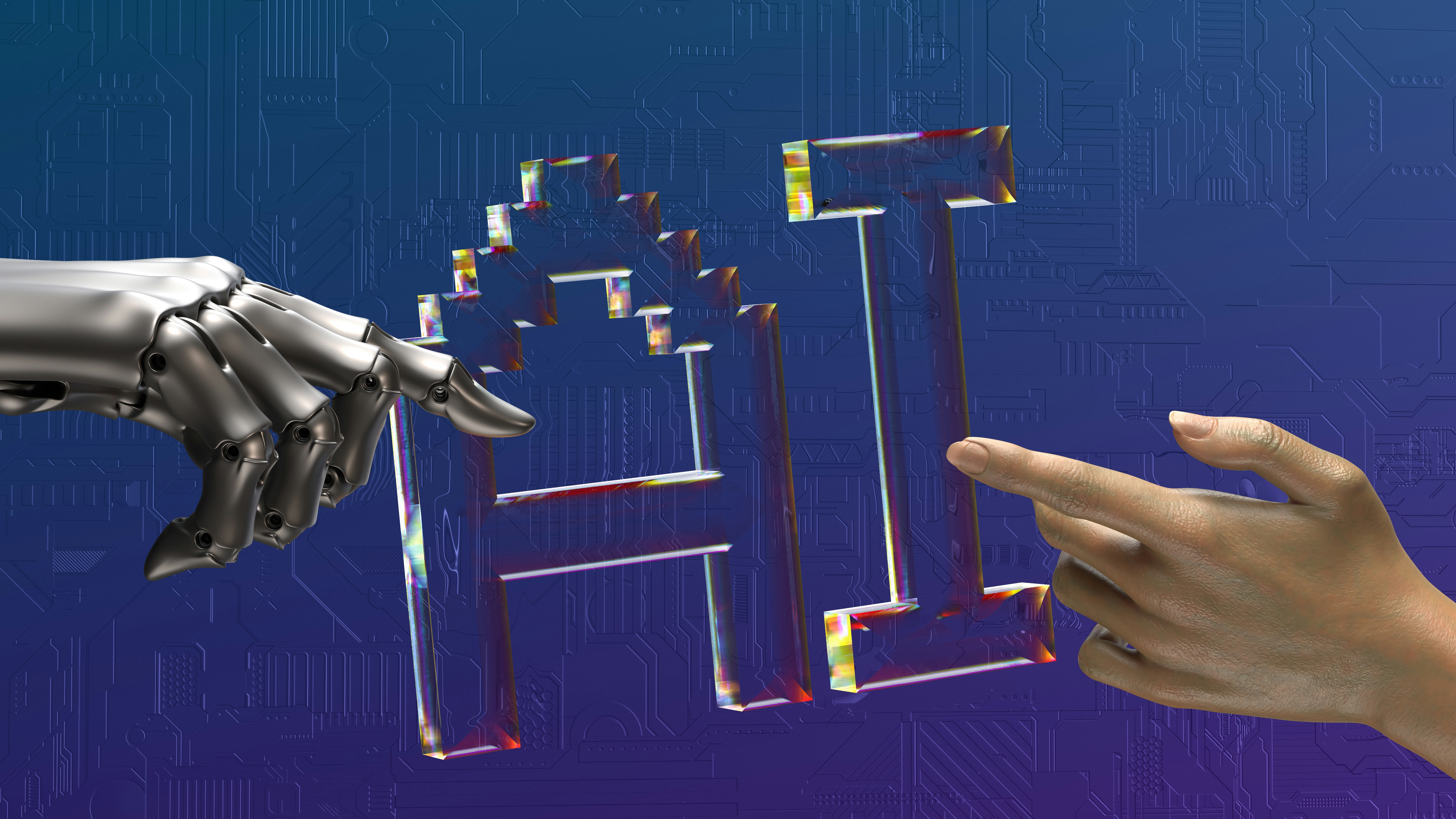Unraveling the differences between Generative AI and Agentic AI

In the ever-evolving landscape of artificial intelligence, understanding the nuances between different AI types is essential - especially in 2025 when technology is advancing at breakneck speed. Whether you're a tech-savvy professional, an entrepreneur eager to leverage AI for competitive advantage, or simply an AI enthusiast wanting to stay ahead of the curve, unraveling the differences between Generative AI and Agentic AI is key to making informed decisions.
At Niyava Technologies, we specialize in IT consulting and software development, helping businesses harness transformative technologies. In this in-depth exploration, we'll break down the core concepts, capabilities, and real-world applications of both AI types, while examining ethical challenges and future trends that will shape the intelligent systems of tomorrow.
Why Understanding AI Types Matters in 2025
The digital era is witnessing an AI revolution. As businesses across industries integrate artificial intelligence to streamline processes, enhance customer experiences, and innovate in product offerings, knowing "which AI for what purpose" is more vital than ever.
In recent years, Generative AI has gained prominence for its capacity to create original content - be it text, images, music, or code-derived from large datasets. On the other hand, Agentic AI is carving its own niche by autonomously making decisions and taking actions to achieve predefined goals with minimal human intervention. As these technologies mature, distinguishing between them can help organizations choose solutions that align with their strategic priorities while ensuring ethical considerations and operational safety are met.
For businesses and technologists alike, clarity on these differences translates into better investments, sharper competitive edges, and even innovative entirely new products or services. Niyava Technologies assists enterprises in leveraging these innovations - whether it's automating mundane tasks or powering mission-critical decision-making systems. Recognizing which AI type best fits your project isn't just about understanding technology; it's about preparing for a future where intelligent systems and automation influence every facet of modern life.
What Is Generative AI? Core Concepts and Capabilities
Generative AI is a class of artificial intelligence designed to produce original outputs - from text and images to audio and even complex software code-based on patterns learned from extensive datasets. According to IBM, Generative AI "can create original content… in response to a user's prompt", reflecting its reliance on machine learning models that capture intricate details from training data.

Key capabilities include:
- Content Synthesis: These systems generate creative outputs that mimic human artistic expression, making them powerful tools in marketing, design, and content creation.
- Pattern Recognition: Generative AI models work by identifying and encoding data patterns, which allows them to produce content that is both high-quality and contextually relevant.
- Prompt-Based Interaction: Unlike AI systems that operate continuously on their own, Generative AI responds reactively - producing content based on specific user inputs.
These systems are revolutionizing content creation across industries - automating the production of marketing materials, articles, code snippets, and even music or art. While their outputs are impressive, being reactive means the AI relies on human input for initiation, which contrasts with technologies that operate with autonomous agency. For organizations looking to boost efficiency and creativity while reducing the overhead of manual content production, Generative AI offers a robust and scalable solution.
What Is Agentic AI? How It Goes Beyond Generation
Unlike its generative counterpart, Agentic AI is engineered for autonomous decision-making and action. As defined by IBM, Agentic AI "is designed to autonomously make decisions and act, with the ability to pursue complex goals with limited supervision" .This type of AI pushes beyond the realm of content generation by engaging with dynamic environments at scale.

Essential traits of Agentic AI include:
- Autonomous Operations: Instead of requiring direct human prompts at every stage, these systems proactively make decisions, adapt to changes, and take actions to achieve specific objectives.
- Real-Time Interaction: Agentic AI interacts with its environment in real time, processing live data and adjusting its behavior accordingly. This makes it ideal for applications where timing and situation-adaptability are critical.
- Goal-Oriented Behavior: These systems are built with a focus on achieving predefined goals, meaning they can execute tasks from scheduling appointments to operating autonomous vehicles without continuous oversight.
Agentic AI finds applications in areas such as self-driving cars, drones, and robotic process automation in industries like logistics and manufacturing. Moreover, their ability to act independently enables them to manage customer service tasks - like managing appointments or customer accounts - without human intervention, which highlights their transformative potential in business operations.
Key Functional Differences Between Generative and Agentic AI
When comparing Generative and Agentic AI, several functional nuances become apparent, as highlighted in research from Forbes, IBM, and Medium:
- Functionality:
- Generative AI centers on creating new content by learning from static datasets, making it a valuable tool for creative industries.
- Agentic AI emphasizes independent decision-making, operating proactively to accomplish tasks without direct human initiation.
- Autonomy:
- Generative AI remains reactive, launching outputs only when prompted.
- Agentic AI operates in a proactive manner, autonomously handling decisions in dynamic environments, thus providing ongoing support in time-sensitive scenarios.
- Interaction with the Environment:
- Generative AI largely works with historical or static data.
- Agentic AI, on the contrary, continuously interacts with its environment, adapting to real-world changes and evolving situations.
Together, these differences dictate that the choice between these technologies depends on the specific needs of a project: one might opt for Generative AI to fuel creative content production, whereas Agentic AI would be preferable for systems that require ongoing decision-making and task execution.
Real-World Applications: From Art to Autonomous Assistants
Both AI types have spawned groundbreaking real-world applications that are reshaping industries:
- Content Creation:
- Generative AI excels at automating the generation of marketing materials, articles, and creative content. It has opened up new avenues for artistic expression via AI-generated art and music.
- Agentic AI, though less common in direct content creation, enhances customer service by powering virtual assistants that can autonomously schedule appointments or manage customer interactions.
- Autonomous Systems:
- Agentic AI plays a pivotal role in autonomous technologies such as self-driving cars, drones, and industrial automation. Its capacity to adapt in real-time is crucial for ensuring safety and efficiency.
- Generative AI, given its design focus, is not typically used in these reactive systems.
- Specialized Functions:
- In industries like legal and military applications, Generative AI is being adopted to process and analyze data, automate coding, and even train professionals while addressing job-preservation challenges.
- Agentic AI's strengths lie in operational environments where independent decision-making directly impacts outcomes - think logistics, manufacturing, or real-time risk management in healthcare.
Ethical and Operational Impacts of Each AI Type
While the transformative potential of both AI types is undeniable, each brings complex ethical and operational challenges that must be managed:
- Bias and Misinformation:
- Generative AI outputs can inadvertently mirror biases in the training data. This not only raises concerns about fairness but also poses risks with the spread of deepfakes or misinformation.
- With Agentic AI, the autonomy granted for decision-making brings about challenges in accountability. If an autonomous system makes a decision that results in harm, determining responsibility can be complex.
- Accountability:
- Ensuring the quality and accuracy of generated content is a significant hurdle for Generative AI applications.
- In Agentic AI, especially when deployed in critical contexts like autonomous driving or healthcare, establishing a framework for accountability is crucial.
- Operational Considerations:
- In practical terms, choosing between these technologies involves evaluating trade-offs between creativity and autonomy, and assessing how each aligns with operational risk tolerances.
By weighing these ethical challenges carefully, businesses can tailor their AI strategies to complement both human judgment and technological capability. Niyava Technologies works closely with organizations to help mitigate these risks through robust compliance measures and transparent operational workflows.
Choosing the Right AI for Your Business or Project
The decision to deploy either Generative or Agentic AI isn't binary - it's about understanding the specific objectives of your project and aligning them with the appropriate technology:
- For creative tasks, content generation, and data-driven artistic endeavors, Generative AI is often the ideal choice. Its ability to rapidly produce tailored outputs can significantly enhance marketing and content development strategies.
- For applications requiring independent operation and real-time decision-making, such as autonomous systems or advanced customer service bots, Agentic AI is superior. Its proactive nature means it can continuously adjust strategies based on evolving data.
In this rapidly advancing field, making an informed choice is vital. At Niyava Technologies, we take pride in our strategic consultancy that walks you through these challenges.